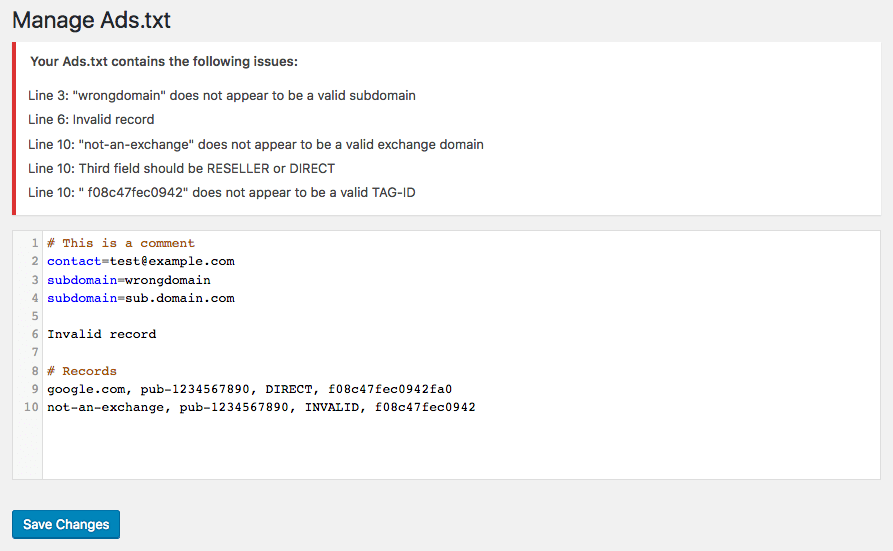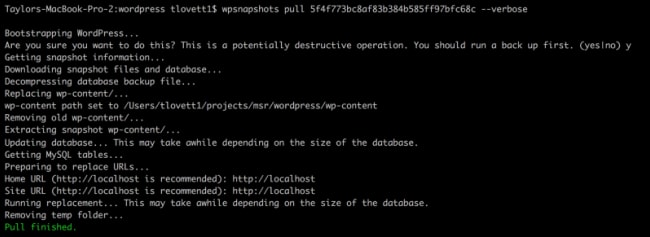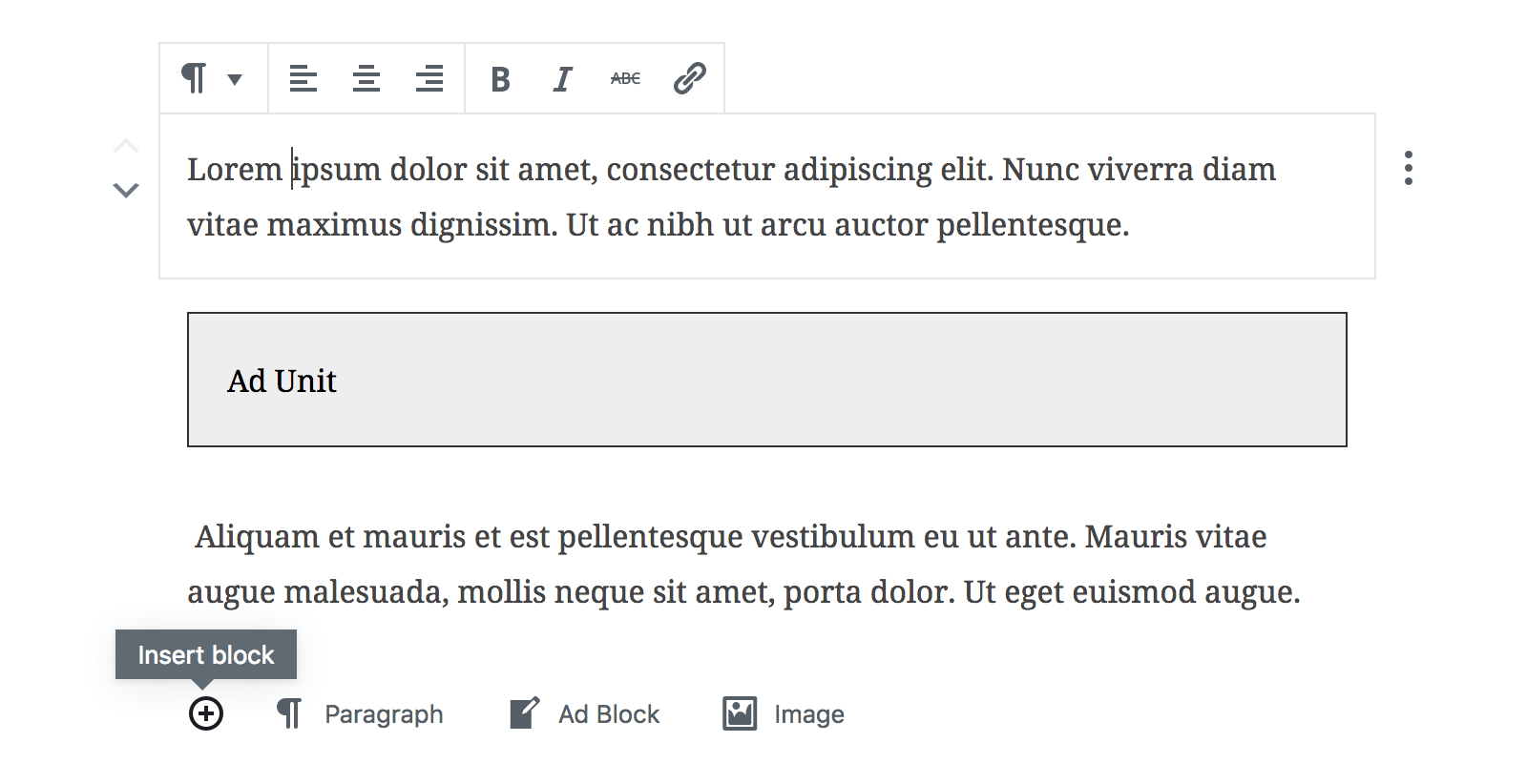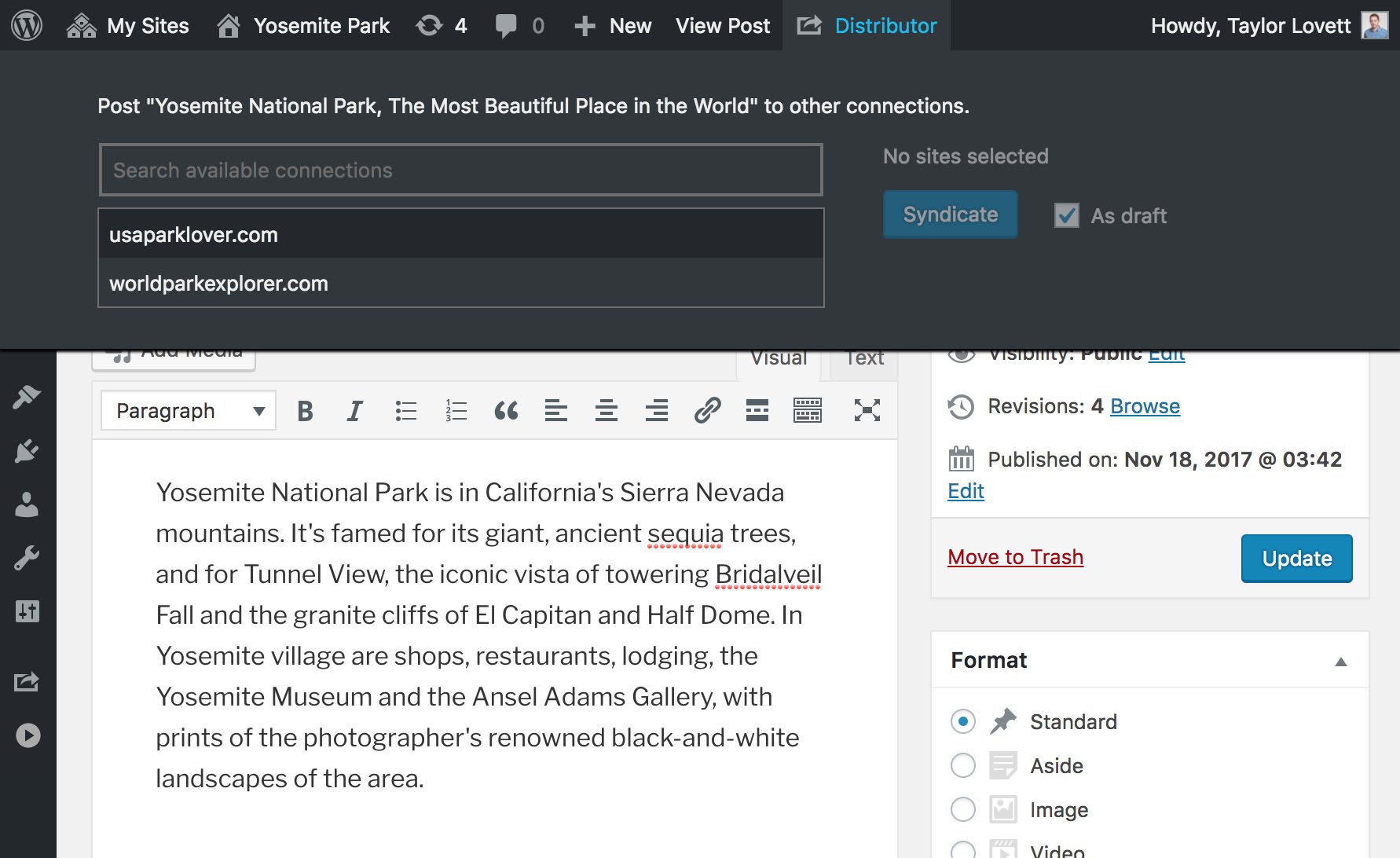Improving WordPress Transients
Modern websites can be complex, especially when a high traffic site offers advanced features that need more intensive server processing. WordPress has a few tricks up its sleeve to help developers improve performance, but as we’ve written about before, those tricks don’t always scale.
If you’ve been engineering performant sites with WordPress, you’ve probably encountered the Transients API—a basic caching method. What developers may not know is, at scale, the synchronous way WordPress handles transients can lead to performance issues that can result in a poor user experience. That’s where Async Transients comes in, our open-source Composer library for WordPress transients.
Read More on Improving WordPress Transients





 10up client
10up client